Did you know that the market size of eLearning is all set to reach nearly 1 trillion by the year 2032? Sounds surprising, right? Well, it’s true!

More and more educational institutions and corporate organizations are embracing the eLearning trend. That clearly shows the expansion of the market.
Still, not convinced? In this article, you will explore the prominent and eye-opening eLearning industry statistics. Let’s dive in!
Top eLearning Statistics You Must Know
Now that you have an idea of the benefits one online learning, let’s move to the key eLearning statistics.
eLearning Industry Statistics
No doubt, the eLearning industry is growing at a rapid pace. Moreover, it is likely to grow even more in the coming years. Want to know more about the industry? Take a look at the most notable eLearning industry statistics listed below.
1) The global eLearning market is likely to reach USD 1,124.79 billion by the year 2030.
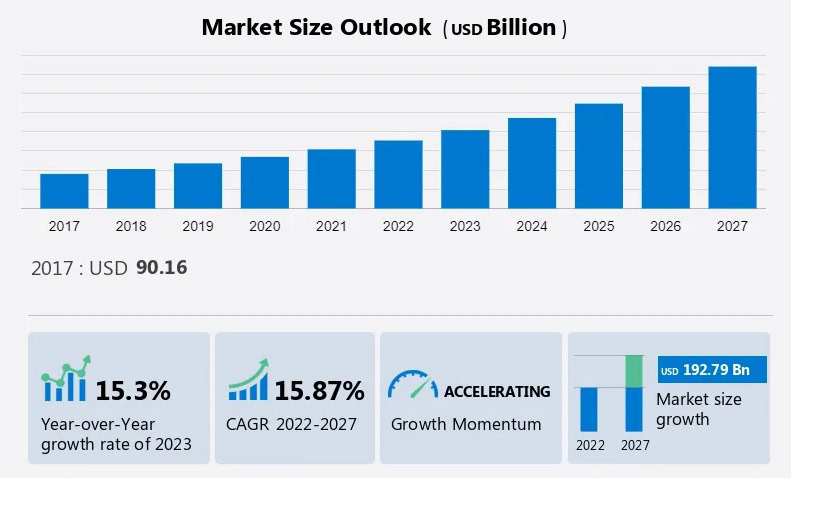
2) The eLearning market is likely to grow at a CAGR of 15.87 percent between the years 2022 and 2027.
3) North America will contribute nearly 35% to the growth of the eLearning market by 2027.
4) The online learning market has witnessed a growth of 900% since 2000.
5) The market size of Indian online education is likely to reach USD 8.6 billion by 2026.
6) The US eLearning market is expected to reach USD 21.64 billion between the year 2020 to 2024.
7) The European eLearning market is likely to reach USD 28.36 billion over the next five years.
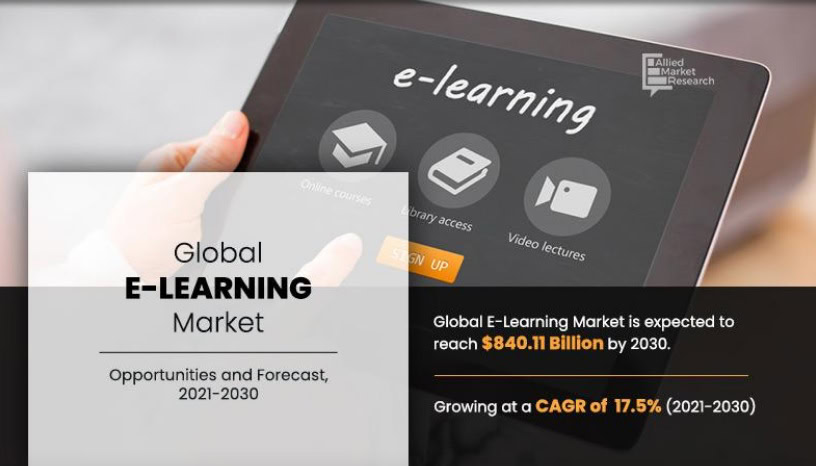
8) The eLearning market is projected to generate a revenue of USD 840.11 billion by 2030.
General eLearning Statistics
Take a look at some of the general eLearning statistics.
9) 71 percent of internet users in India leverage the internet solely for educational purposes. It could be to read educational articles or take online classes.
10) The revenue of online education was USD 166.60 billion in 2023. It is projected to reach USD 250 billion by 2027.

11) eLearning allows the creation of nearly 5 times more educational materials than traditional learning in the same amount of time.

12) On average, the cost of an online course is about USD 137.
Preference of Students to Online
In the digital era, more and more learners prefer studying online instead of the traditional classroom setting. Don’t believe us? Delve into the significant eLearning statistics below.
13) 69 percent of students around the globe prefer fully online, blended, or hybrid learning options.
14) 96% of graduates say that they would highly recommend online learning to their peers.
15) 41 percent of graduates in the United States prefer online education compared to traditional education.
16) 36% of students believe that completing online courses is much easier than learning physically in the classroom setting.
eLearning Schools and Students Statistics
eLearning has been highly in demand in recent times. Therefore, more schools are offering online courses and ensuring optimum convenience for students. Delve into statistics about eLearning schools and students.
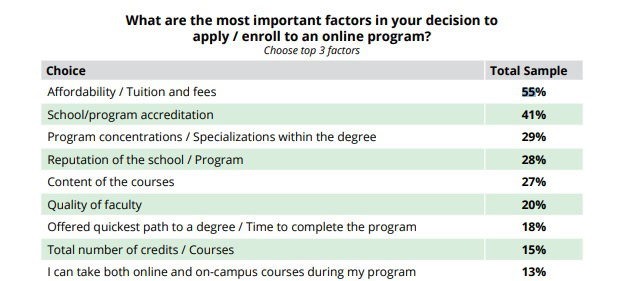
17) About 55% of students say that affordability ranks among the top 3 factors for selecting a school offering online education.
18) About 2,500 colleges are now offering online programs.
19) The average age of online students is found to be 32 years.
20) Among all the regions, the Asia Pacific region is known to have the highest number of students on online platforms. Nearly 28 million learners have enrolled in 68 million courses.
21) Following the pandemic, 3 in 4 US students preferred continuing online classes.
22) Online universities and colleges enroll about 1.1 million students in the United States.
23) Nearly 60 percent of college students took a minimum of one course online.
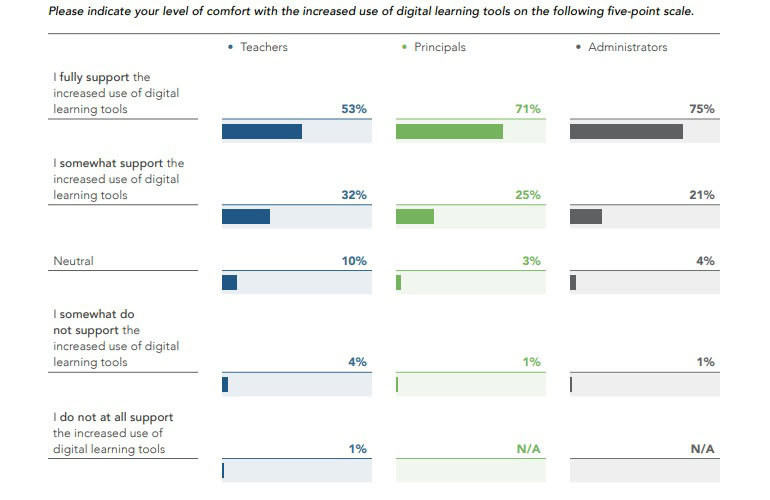
24) 71% of principals support the increase in the use of digital learning tools.
Efficiency and Effectiveness of Online Learning
Technology has revolutionized the way in which students and employees learn. Online learning provides learners with complete control and enables them to learn at their own pace. Moreover, the introduction of multimedia content like video makes learning more effective.
Want to know how efficient and effective eLearning is? Read on to explore the prominent eLearning statistics that will convince you.
25) In comparison to in-person or physical learning, eLearning is capable of lowering the learning time by 25 to 60%.
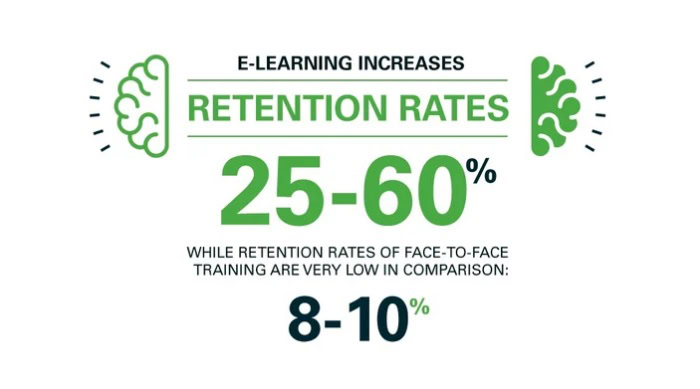
26) On average, students are able to retain nearly 25 to 60% more educational materials through online learning than traditional learning.
27) 7 out of 10 teachers believe that online learning tools are indeed beneficial for the students. It provides the students with an opportunity to learn on their own at their unique pace.
28) In 44 percent of institutions in the United States, online learning has become the main learning mode. They have fully adapted to the online learning tools and platforms.
29) eLearning is also a step forward towards a sustainable future. Online courses are likely to consume about 90% less energy per student. Moreover, they also consume 85% less carbon dioxide.
30) 81% of students believe that online classes have enabled them to enhance their academic grades.
31) As a result of switching to online learning, the students in the US have obtained 50% of maths gains and 70% of reading gains.
Also Read: Agile Statistics for 2024
Impact of Pandemic on Online Learning
It is no surprise that the pandemic has brought about significant changes in diverse sectors. The education sector is no different! As everyone was forced to remain at home, people turned to the internet in order to stay connected.
Moreover, students shifted to online learning from traditional in-person learning. Delve into the eLearning industry statistics that show the impact of the pandemic. Let’s dive in!
32) The demand for different online learning courses increased by 400% in the year 2020.
33) During the pandemic, just 20 percent of countries had access to digital learning resources for teaching.
34) The market size of eLearning stood at USD 250 billion in 2020.
35) In a study conducted in one of the US dental schools, online courses were readily accepted by the learners. 80 percent of the students even wanted to continue with online learning after the pandemic.
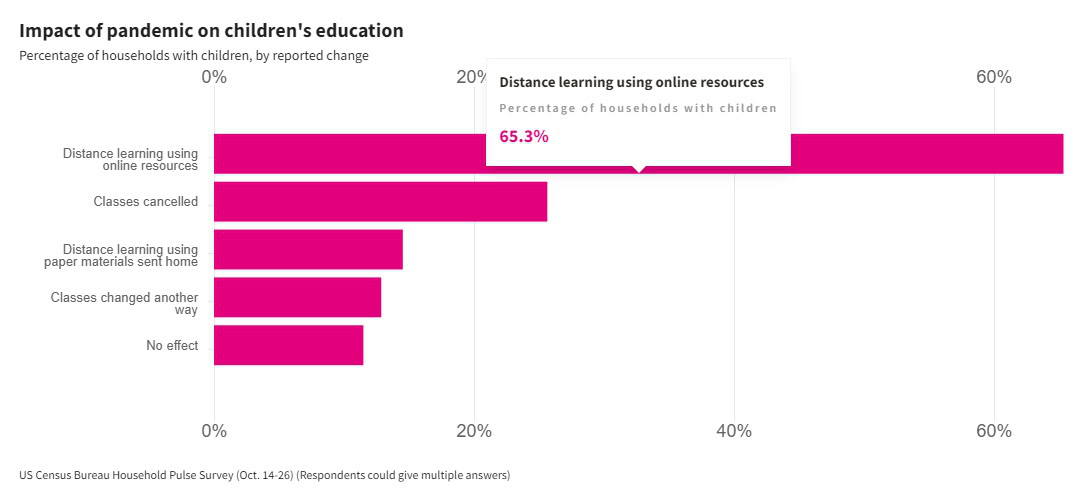
36) 65% of households with children in the United States leveraged online learning during the pandemic.
37) 33% of higher education institutions will continue offering their courses fully or partly online in the post-pandemic era.
38) 97 percent of college students shifted to eLearning owing to the challenges faced in traditional learning during the pandemic.
39) During the pandemic, 60% of teachers and 70% of students opted for hybrid learning and online forums instead of face-to-face learning.
40) According to the educators, students were able to cover up to 50% of the educational content all by themselves due to eLearning.
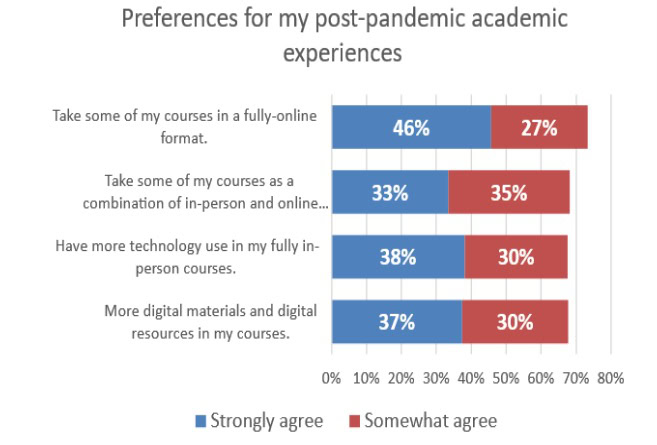
41) After the pandemic, 46% of students would prefer to complete all or some of their coursework online.
42) About 90,000 schools in 20 countries across the globe leveraged Zoom for conducting online classes in 2020.
43) 57 percent of students in the US are more optimistic about eLearning today than they were before COVID-19.
eLearning Tools and Software Statistics
For eLearning, authoring tools and learning management software (LMS) are among the top software used. Below are a few notable statistics about eLearning tools and software.
44) In the eLearning market, there are about 800 learning management software providers.
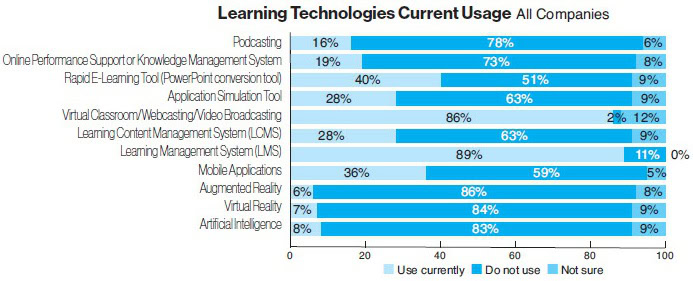
45) Nearly 89 percent of US businesses make use of enterprise learning management software for the delivery of online training.
46) The purchase of learning management software in 2023 accounted for about 39%.
47) The market size of course authoring software is likely to reach USD 3,820 million in 2033.
48) The most used eLearning technologies include eLearning tools (40%), mobile application (36%), and learning management software (89%).
Massively Open Online Courses (MOOC) Statistics
The best thing about eLearning is that it is readily available to anyone and everyone. All you need is a stable internet connection in order to access the online learning materials. Several free online course platforms like Coursera and EdX have enabled millions of people to learn online and acquire new skills.
In this section, you will explore the key eLearning industry statistics relating to MOOC courses. Let’s dive in!
49) Among the top 100 free online courses available, technology is known to be the number one subject.
50) More than 180 million learners make use of the massively open online courses.
51) Nearly half of the learners signing up for the eLearning courses do not actually participate in the course materials.
52) In the year 2020, MOOC providers launched more than 2800 courses, 360 micro-credentials, and 19 online degrees.
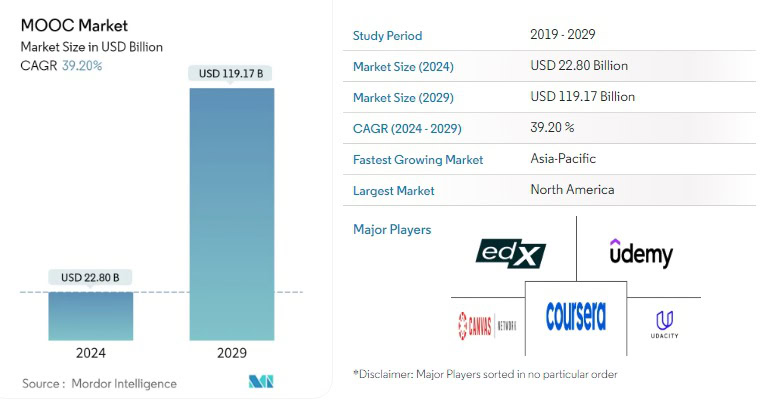
53) The market size of MOOCs is likely to be USD 119.17 billion by the year 2029.
54) Coursera is among the most preferred provider of massively open online courses with over 100 million learners across the globe. Moreover, Coursera also has more than 150 partner universities.
55) EdX is another popular online learning platform with nearly 3.5k courses.
eLearning Statistics for Business
eLearning is not limited to educational institutions like colleges and schools. In the modern era, more and more businesses are also willing to embrace online learning to boost their productivity and stay ahead in the competitive era. Delve into the prominent eLearning statistics for businesses you must know!
56) 93 percent of businesses around the world are willing to adopt online learning.
57) Corporate eLearning is likely to grow by more than 250% by the year 2026.
58) 42 percent of businesses are leveraging eLearning in order to generate higher profits.
59) 72 percent of organizations in the United States believe that eLearning provides them with a competitive edge and allows them to stay ahead.
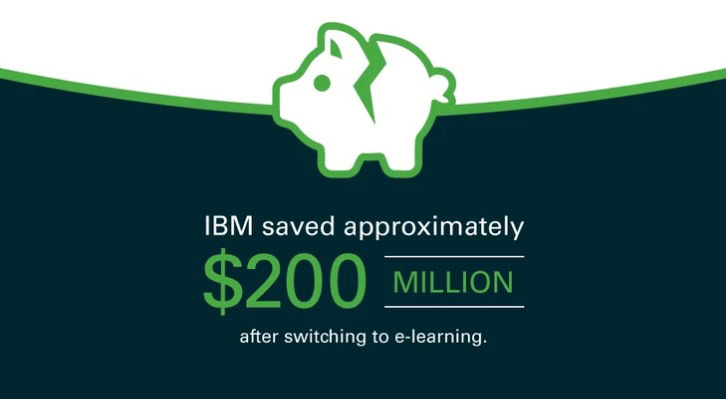
60) By making a switch to online learning, IBM was able to save more than USD 200 million.
Corporate eLearning Statistics
The demand for eLearning in the corporate sector is on the rise. Delve into the corporate eLearning statistics.
61) Through the adoption of eLearning, companies were able to increase employee engagement by about 18%.
62) About 90 percent of businesses state that they make use of some form of eLearning.
63) The market size of corporate eLearning is likely to reach USD 44.6 billion in 2028.
64) Nearly 40 percent of Fortune 500 companies around the globe make use of eLearning to deliver training to their employees.
65) Companies using extensive eLearning training are capable of generating 218 percent higher revenue per employee.
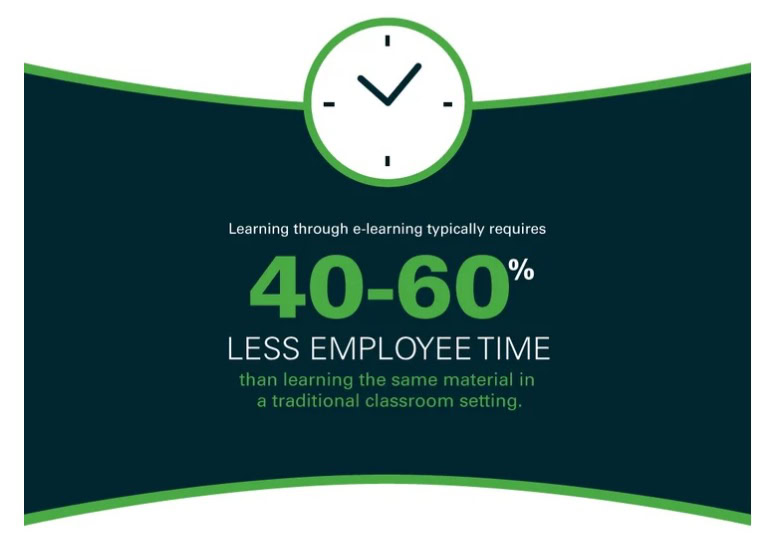
66) eLearning can minimize employee time by about 40 to 60 percent.
67) 61 percent of experts say that their top priority was to close the skill gap through the introduction of eLearning.
eLearning Trends Statistics
The eLearning trends keep evolving at a rapid pace. Delve into the prominent statistics about eLearning trends.
68) Nearly 63% of students in the United States make use of online learning tools on a regular basis.
69) Udemy, a leading online learning platform boasts about 12 million students who have enrolled in online courses. Moreover, there are over 20,000 professionals who are delivering the courses.
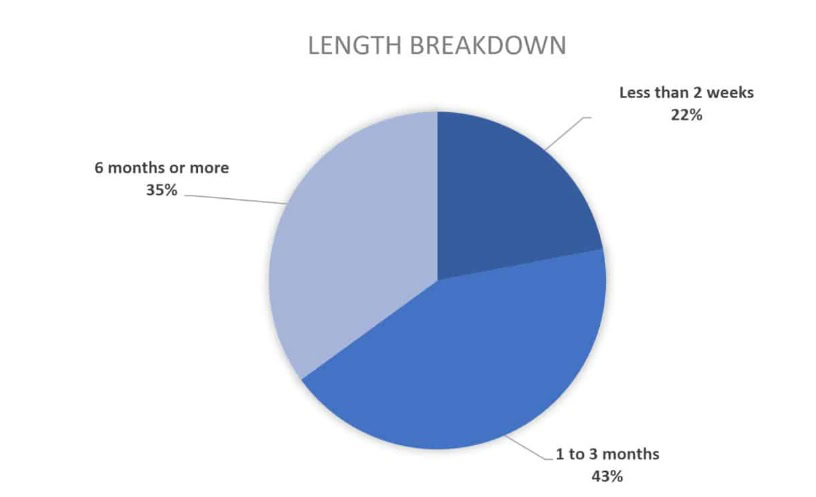
70) Nearly half of course creators spend at least 3 months or even longer in order to develop online courses.
71) Users are more likely to show preference for the paid courses in comparison to the free online courses.
72) The personalized eLearning market is likely to reach USD 12.5 billion by the year 2027 owing to the increasing use of AI.
eLearning Challenges Statistics
No doubt, eLearning brings numerous benefits for both the students and the teachers. However, the challenges relating to online learning cannot be overlooked. Delve into the key statistics about eLearning challenges.
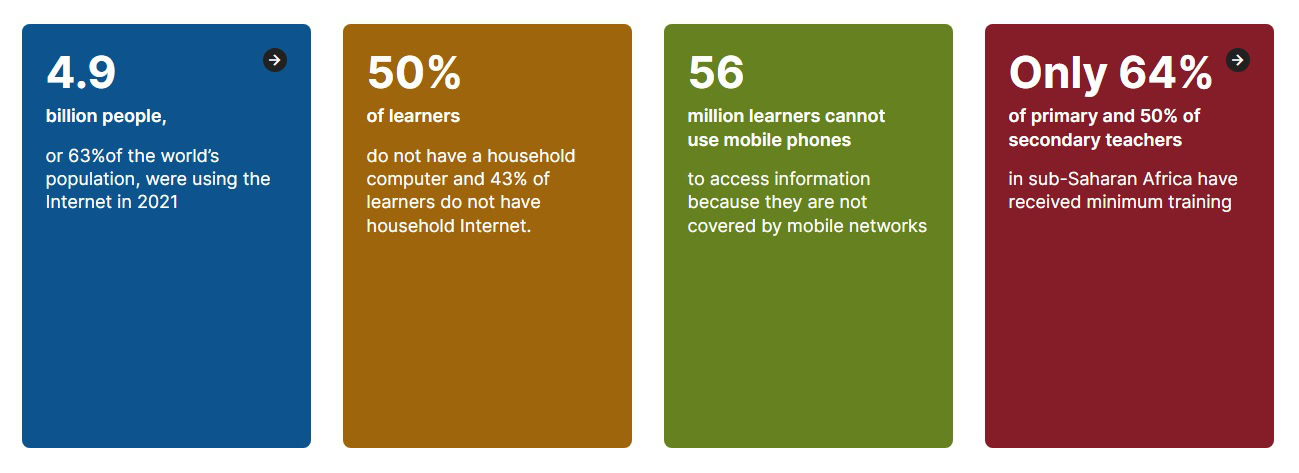
73) About 4.4 million households with children in the US do not have access to computers for eLearning.
74) While 50% of learners around the globe do not have access to a household computer, 43% of learners lack internet connectivity.
75) In low-income countries, there is just one trained teacher to deliver online courses to about 56 students.
Benefits of eLearning
Before you delve into the eLearning statistics, you must understand the key benefits of this learning approach. Read on to explore the benefits!
Flexibility
eLearning allows users to access educational content anytime and anywhere. Whether you are in remote locations or traveling anywhere, you can continue learning without any barriers. Moreover, it allows you to learn while managing your other responsibilities effectively.
Self-Paced Learning
It is true that not everyone has the same grasping power. While some learners can understand the concepts faster, others take more time to learn. However, the traditional classroom setting does not allow students to learn at their own pace owing to time constraints.
That is where eLearning comes into the picture. With online learning, you can get to learn at your own unique pace and get a stronghold on the concepts.
Accessibility
eLearning makes education accessible to more individuals. For instance, students with special needs can now gain access to education easily. Several online learning platforms come with text-to-speech, audio transcripts, and closed captioning features, making it easier for learners with auditory or visual impairments to access educational materials.
Customization
eLearning platforms focus on delivering personalized learning experiences to students and employees. Therefore, they develop content and interactive exercises that cater to the specific needs of learners. As a result, you can expect better efficiency and effectiveness.
Affordability
In eLearning, you do not have to invest in physical materials like workbooks, textbooks, and other resources. Moreover, you need not travel anywhere but attend classes online from the comfort of your home. As a result, you can enjoy greater savings in the long run.
Ease of Use
eLearning provides ease of use to the subject matter experts, content creators, and managers. With online learning, making changes or updating the curriculum is pretty simple and straightforward. That means keeping the courses relevant all the time is easy.
Moreover, eLearning ensures better scalability. You can easily develop the content in such a way as to cater to the learning needs of a wider audience.
Continuous Learning
eLearning allows individuals to indulge in lifelong learning by providing them with opportunities to upgrade their knowledge and skills throughout their lives. It enables them to stay updated about the latest trends and acquire the in-demand skills to remain ahead in the competitive landscape.
The Various Formats of eLearning
eLearning can be delivered in various formats. Some of the top formats are listed below.
Virtual Classrooms
Virtual classrooms are nothing but virtual spaces that allow instructors and learners to interact in real-time. It stimulates the traditional classroom setting and offers an exceptional experience to the learners.
Just like in the classroom, learners can engage in discussions, ask their doubts or questions, and get answers immediately. However, the only difference is that everything takes place through chat platforms or video conferencing.
Online Courses
Online courses involve structured learning experiences delivered online. These courses may include discussion forums, video lectures, assignments, and interactive quizzes.
The online courses allow learners to conveniently access the course materials and learn at their own pace. The instructors play a pivotal role in providing the learners with adequate support and guidance and enabling them to gain a better grasp of the different concepts.
Mobile Learning
In today’s digital era, the use of mobile phones is on the rise. Mobile learning is all about making educational content easily accessible to learners through mobile devices like smartphones and tablets. It enables the learners to access content anywhere and everywhere without any limitations.
Also Read : Tech Stack for Mobile App Development
Webcasts and Webinars
These are pre-recorded or live presentations and lectures that are delivered online. Webcasts are usually one-way broadcasts in which the learners get to watch and listen to the content in a passive way.
However, the webinars may facilitate two-way interaction. The interactive features like chat functions, Q&A sessions, and polls allow the learners to participate in the discussions actively.
Conclusion
eLearning continues to evolve and increase in demand in recent times. There are no signs of slowing down. eLearning not only allows individuals to learn at their own pace but also is an affordable and effective learning approach compared to traditional classroom teaching.
Therefore, more schools, colleges, and companies will resort to eLearning in the coming years. By now, you must be well aware of the eLearning industry statistics. It is time to leverage these stats, embrace online learning, and prepare to stay ahead in the competitive era.








